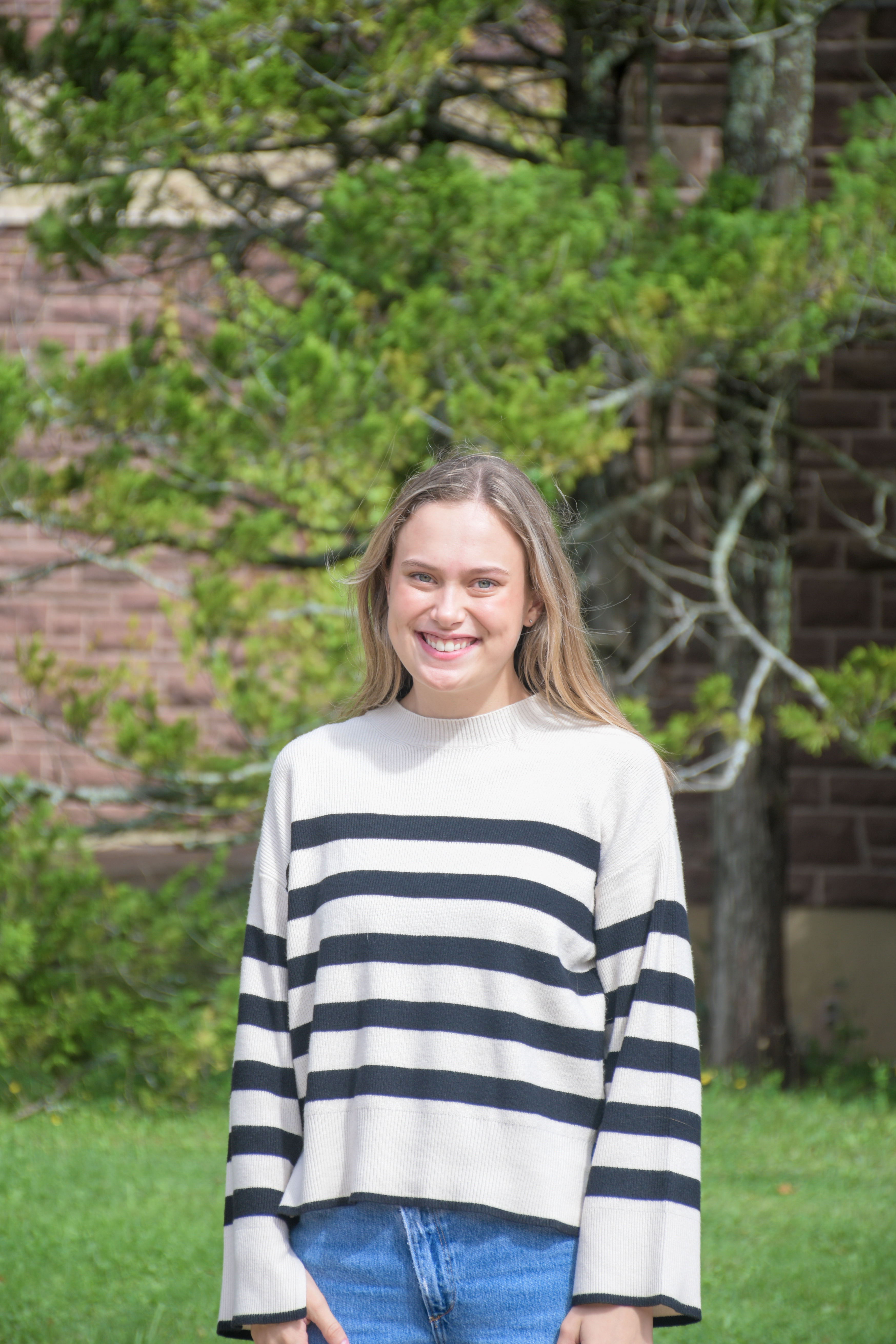Warm ocean waters tied to climate change cause corals to expel symbiotic algae and die
You may have seen the pictures: tropical waters with vast expanses of ghostly white corals where vibrant reefs once thrived. This sight may become increasingly common over the next year, according to the United States’ National Oceanographic and Atmospheric Administration (NOAA), which declared a global coral bleaching event on Oct. 8. The event is driven by high global sea -surface temperatures, and is widely considered an ecological symptom of climate change.
Coral is composed of two organisms. The host corals are small, soft-bodied organisms that live colonially in a calcified skeletal structure. Colourful, microscopic algae, called zooxanthellae, live within the coral and provide them with nutrients and oxygen generated through photosynthesis. In return, the zooxanthellae are protected by the coral’s calcified skeleton.
When the coral are stressed, they expel the zooxanthellae and lose their colour, a process known as bleaching. Bleached corals don’t automatically die, but their survival depends on the duration and magnitude of sea-surface temperature changes. Bleached corals have been known to recover when sea-surface temperatures revert to normal. Bleached coral can die due to further heat stress, bacterial infection or sedimentation.
The current bleaching event began in 2014 and is predicted to continue through 2016. NOAA predicts that by the end of the event, 38 per cent of worldwide coral will have been exposed to conditions that can cause bleaching. NOAA declares a global-bleaching event only when coral bleaching is detected at a large scale in the Pacific, Indian and Atlantic oceans.
Coral bleaching is not a new phenomenon. Two global coral-bleaching events have been declared by NOAA in the past: one in 1998 and one in 2010. The first event led to the loss of 16 per cent of the world’s corals. These bleaching events followed particularly strong El Niño events, which are oscillations of warm ocean temperatures in the equatorial Pacific. The first-ever recorded instance of coral bleaching was in 1964, when torrential rains from Hurricane Flora caused salinity to suddenly decrease in ocean waters off of Jamaica.
The environmental conditions leading to coral bleaching are complex and poorly understood. While sedimentation, bacterial infections, pollution and changing salinity are all harmful to coral, sea-surface temperature is the main driver of coral bleaching. Heightened solar radiation can also damage the photosynthetic capacity of the zooxanthellae and can further increase the risk of expulsion by their hosts. This is of particular concern since both factors are expected to increase as climate change progresses.
Coral reefs worldwide contribute significantly to local economies through tourism and fishing. They also serve as nurseries for many fish species, provide habitats for over one quarter of marine species, and buffer coastal communities from powerful storm surges. Last-ditch efforts suggested to protect reefs from bleaching include physically shading reefs with screens and pumping cooler water over them, both resource-intensive measures that would be possible only on a small scale. Ultimately, climate change will make the prevention of coral bleaching difficult.
About Us
The Argosy is the independent student journal of news, opinion, and the arts. Our content is written, edited, and funded by the students of Mount Allison University in Sackville, New Brunswick.
I am a fourth-year English major from Halifax, NS. This is my second year as Co-Editor-in-Chief and third year on The Argosy team. The Argosy has been the highlight of my time at Mt. A. I look forward to sharing more stories and making lasting memories with the wonderful team of students at The Argosy this year.

This is my third year with The Argosy and my second editing the Arts and Culture section. From Moncton NB, I study English and drama - aspiring storyteller of SOME kind - and learned how to spell ridiculous three months ago. Say hi and share your story anytime! (She/Her)

As a
news reporter this year I
am excited to learn more
about the people of
Sackville.

Hailing from the majestic Himalayas, I have always been captivated by the breathtaking beauty of the mountains. It is through this admiration that I discovered my profound passion for photography. I am beyond excited to bring my enthusiasm, dedication, and love for capturing moments to The Argosy team.
